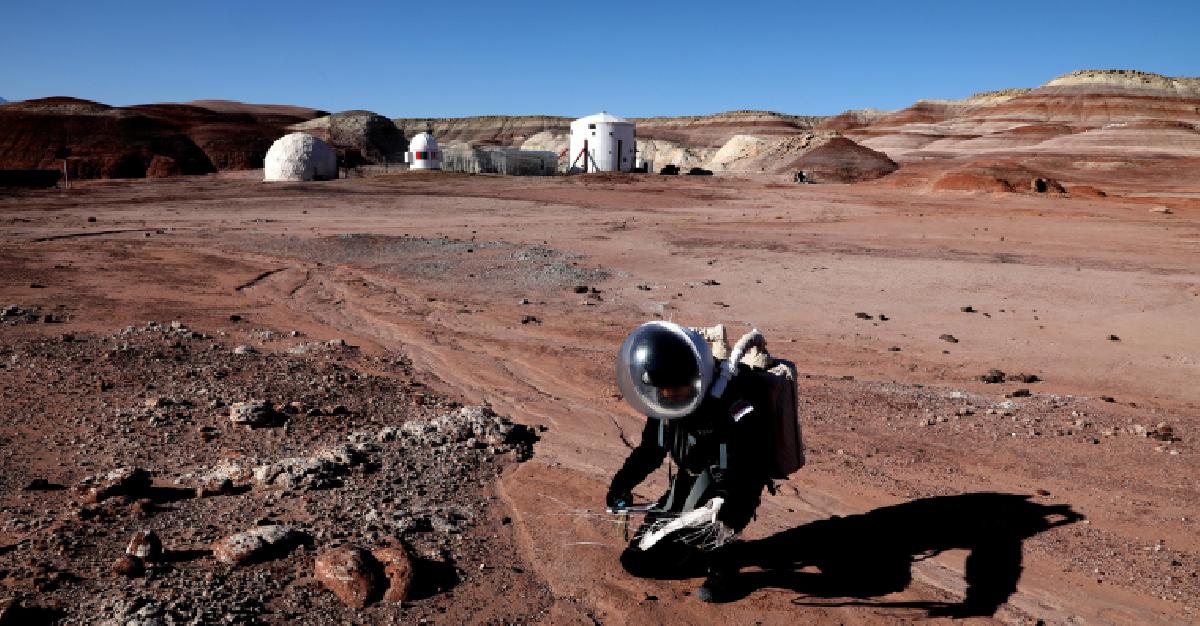Life As a Martian in the Utah Desert
Wednesday, June 20, 2018
arsip tempo : 171418003978.

Vincensius Christiawan did not realize that he had forgotten to turn on his Global Positioning System (GPS). Venzha, as the artist is known, was on a mission to collect trash while exploring Marss sepia terrain. When he returned to camp, he was scolded by his commander and members of his team, Crew 191. Everyone has been lost at some point, but we were all taught how to use the GPS properly, said Venzha in early June.
Six other Crew 191 members
...
Subscribe to continue reading.
We craft news with stories.
 For the benefits of subscribing to Digital Tempo, See More
For the benefits of subscribing to Digital Tempo, See More








